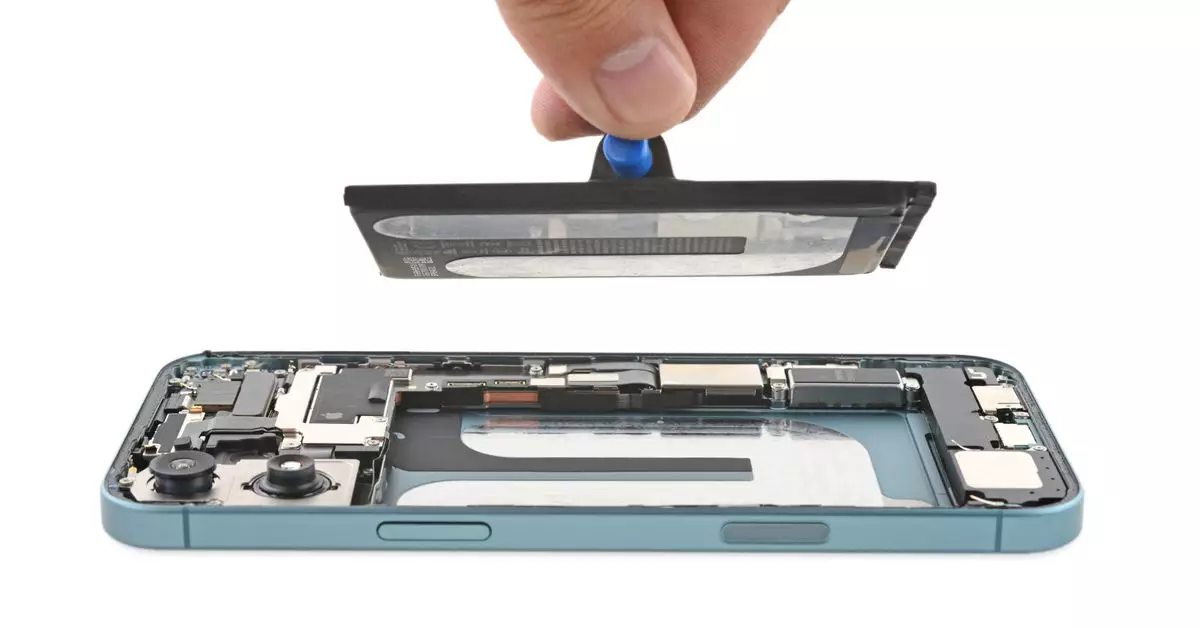Apple has long been a leader in the smartphone industry, not just in terms of groundbreaking features but also in its sometimes controversial repairability policies. With the launch of the iPhone 16 lineup, the Apple ecosystem took another significant turn—this time focusing on making repairs easier for consumers and technicians alike. Much to the delight of tech enthusiasts and independent repair advocates, the new iPhone models come with day-one repair manuals released by Apple, paving the way for a comprehensive understanding of the devices’ internal workings.
Disassembly Insights: What the Experts Found
iFixit, a well-known entity specializing in gadget repair insights, wasted no time in dissecting the iPhone 16. Their findings are illuminating, showcasing a deliberate approach by Apple to enhance the user experience and extend device longevity. Of particular interest was the newly integrated robust Camera control, which physically toggles like a traditional button rather than a mere touch sensor. Additionally, iFixit discovered a flex cable that seems designed to sense how much pressure is applied, ultimately adding another layer of interactivity to the camera features.
When examining the heat sink housing the A18 chip’s Neural Engine, it’s clear that Apple is concerned about efficient heat dissipation, especially under the demanding workloads created by advanced AI features. This attention to thermal management tells us that Apple is not only focused on performance but also on maintaining device stability and longevity.
Perhaps the most remarkable change in the iPhone 16 is Apple’s pioneering use of an electrically debondable adhesive for the battery enclosure. This technology represents a shift towards better accessibility and makes the repair process significantly easier. By incorporating this innovative approach, Apple allows technicians to efficiently detach the battery using a simple electric current. Previously cumbersome tasks are now streamlined, reducing the likelihood of damage during the repair process.
According to iFixit, the process demonstrated in Apple’s repair documentation aligns with an effective industry demonstration by adhesive experts, Tesa. Once the battery is electrically disconnected, it can be removed effortlessly, often aided just by gravity. This improvement not only encourages repairs but potentially prolongs the life of the devices—a welcome change in a market that often prioritizes new purchases over sustainability.
While Apple cautions that the effectiveness of this adhesive may decrease over time, initial testing indicates that using a 20V current can remove the bond in mere seconds. Simultaneously, the option to use up to 30V offers an added layer of flexibility. As we move forward, this step represents a clear indication that companies are beginning to rethink the lifespan of their devices and the ease of repair as part of their wider sustainability mission.
The innovations introduced in the iPhone 16 lineup not only signify a technological advancement but also reflect a growing commitment to repairability. By openly sharing repair manuals and adopting new adhesive technologies, Apple paves the way for a future where consumers can take control over their devices, making repairs simpler and fostering a more sustainable tech culture.

